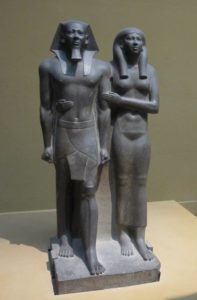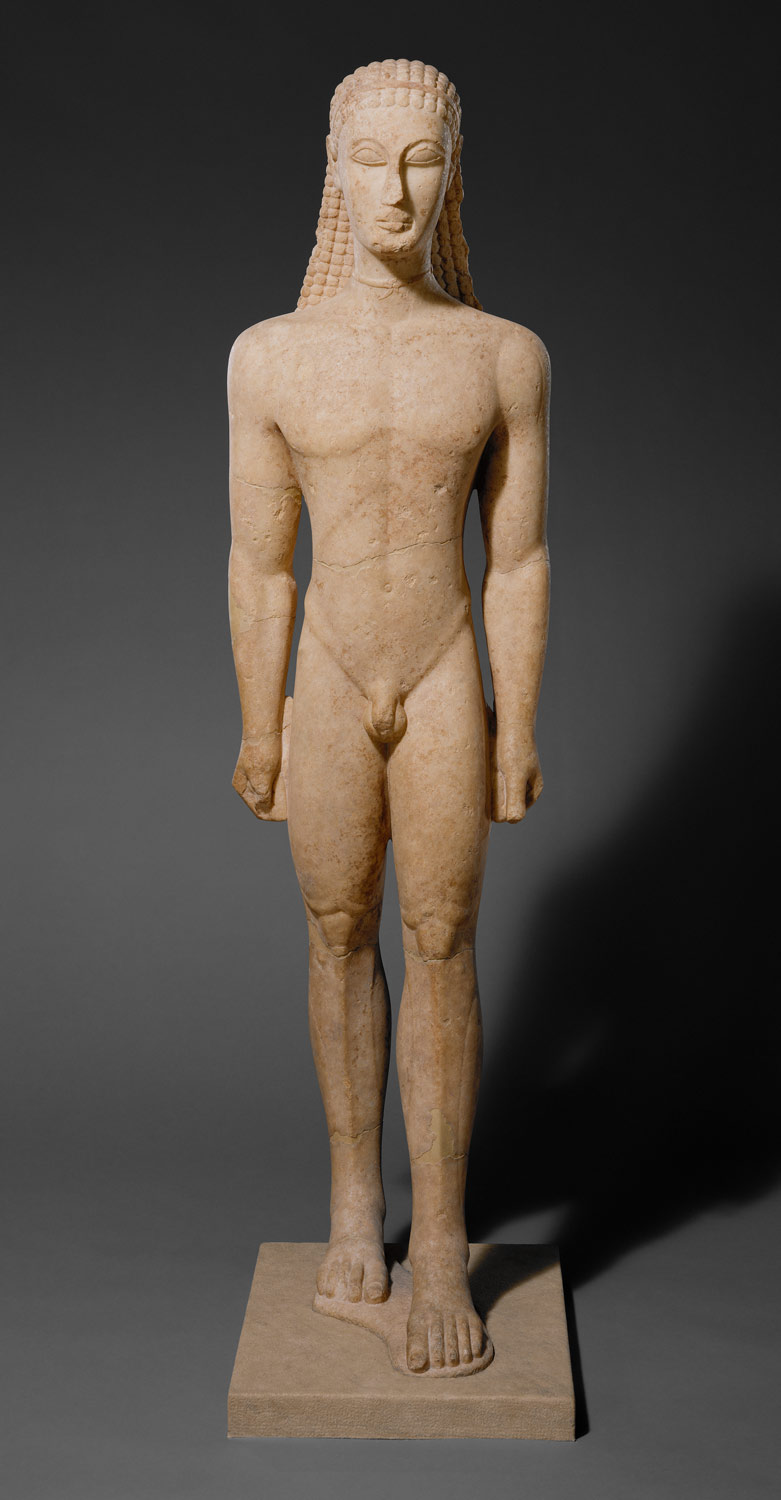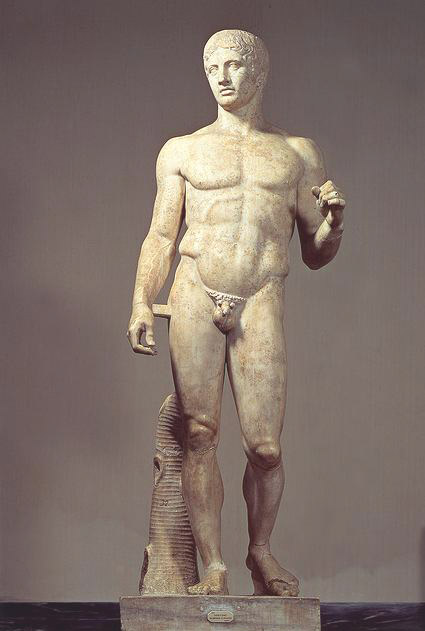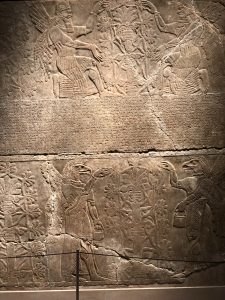The Met Museum is always quite the experience when you go. I actually went to the Met earlier this year, a little bit after the Met Gala and it was so stunning. Visiting the Met again, I got the same feeling especially because of the holidays and their decorations. I will say that I went during a busy time, so it was more difficult to navigate and fully enjoy, but it was all in all another good experience
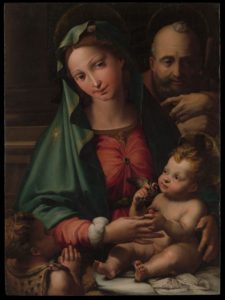
For my Renaissance piece I chose The Holy Family with the Infant Saint John the Baptist by Perino del Vaga. I chose to use this painting because I believe that it shows a lot of what Renaissance paintings embody. This picture shows the viewer a sense of serenity through the colors used and the light emotions on the faces. The painting also uses vertical and horizontal view points that are resembled throughout Renaissance artworks. In this painting, as a viewer, your eyes are drawn into the center of the painting, but then subtly brought in a vertical and horizontal point of view to see the clothes child and older man in the painting.
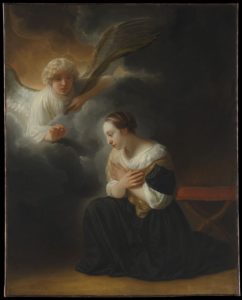
For the Baroque work of art I chose The Annunciation of the Death of the Virgin by Samuel van Hoogerstraten. This painting really caught my attention because of the light contrast that is very evident, and the lighting effects that can be seen are actually a characteristic of Baroque pieces. Another characteristic that this piece shows is the effects of directed focus which is demonstrated by the use of lighting. There is a deep contrast between the dark background and the center of the painting, which causes some of the center to be the focus of the painting. This painting also uses diagonals where your eyes are brought to the angel in the upper left corner and then down to the virgin in the right corner, making a diagonal perspective. Lastly, emotions can be clearly seen through the body language of the Virgin, in which seems in despair but also content; there is no harsh or dramatic emotion of sadness for death.



